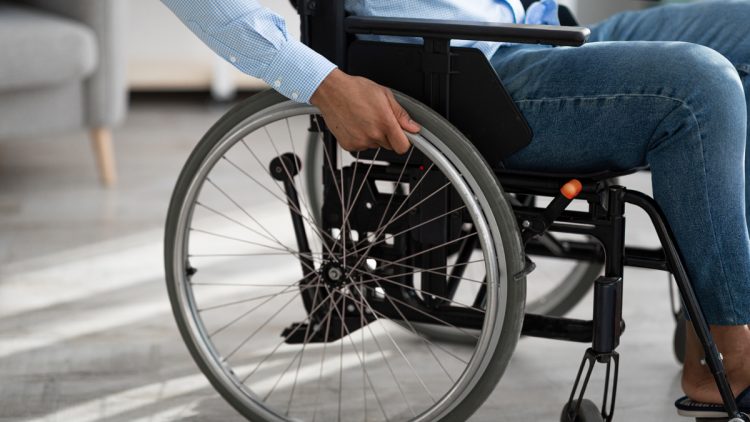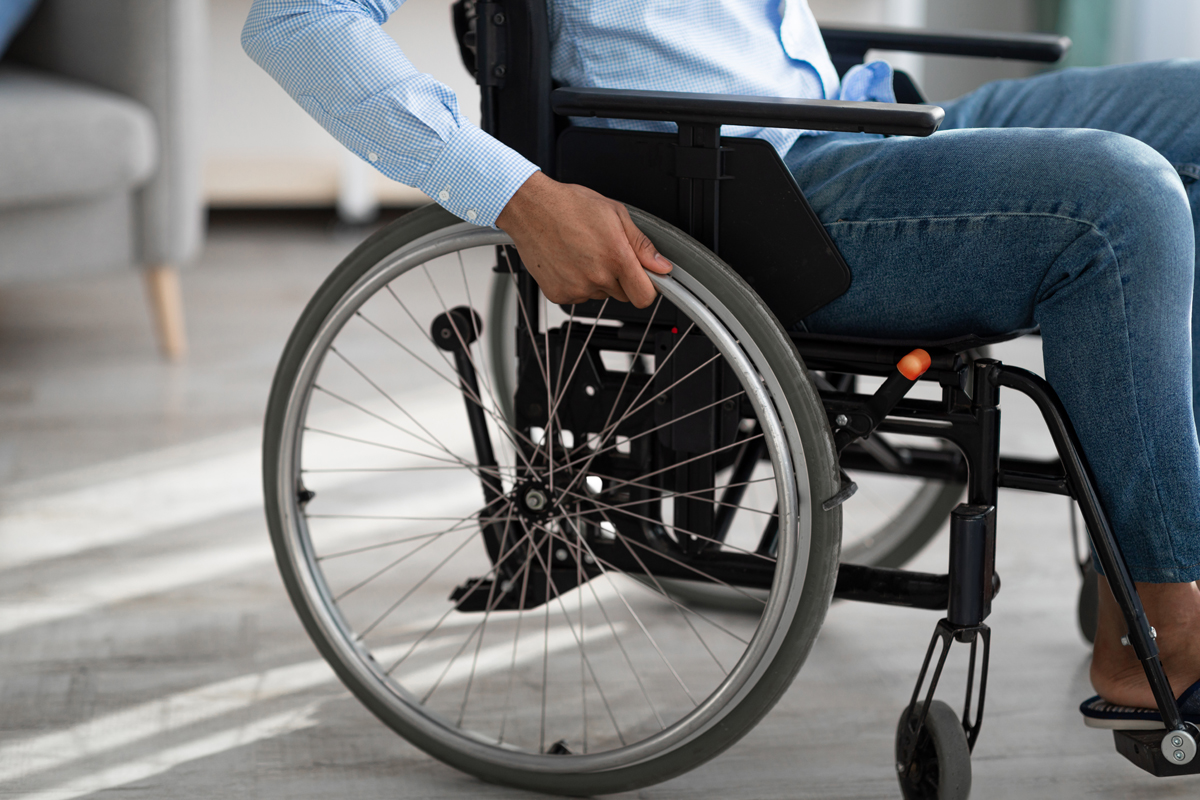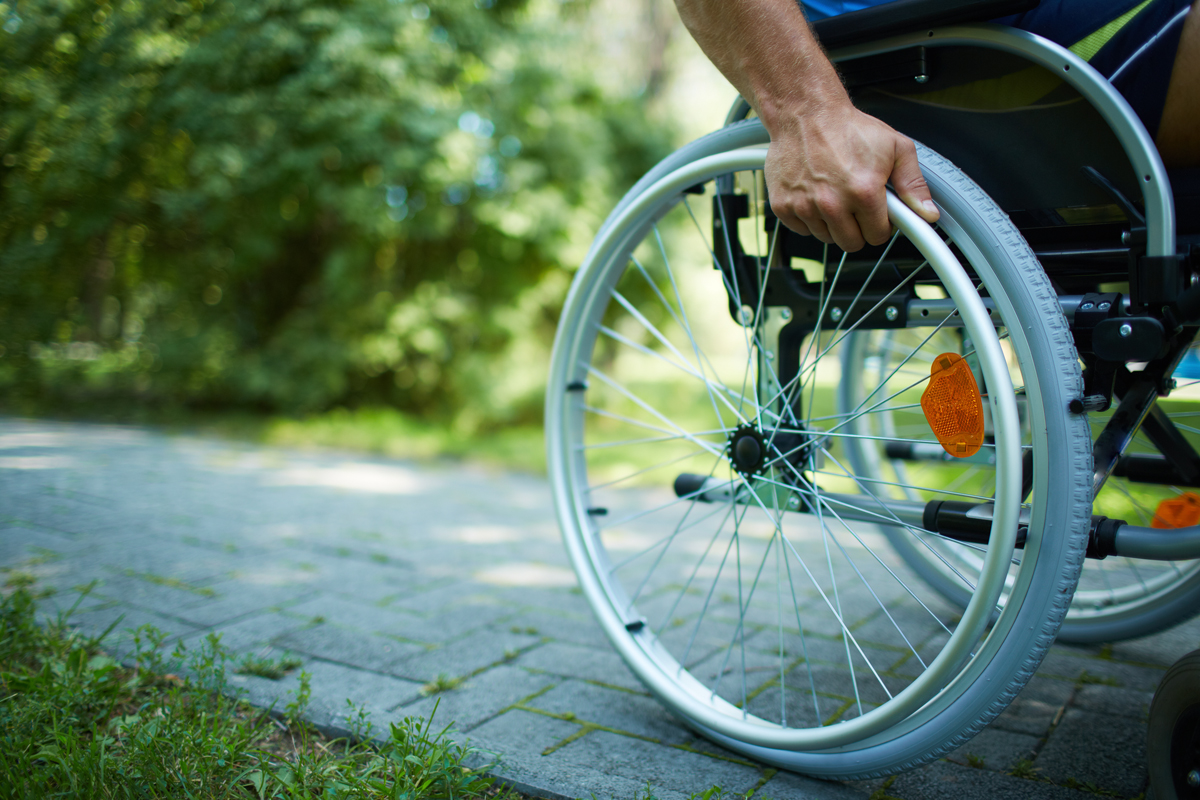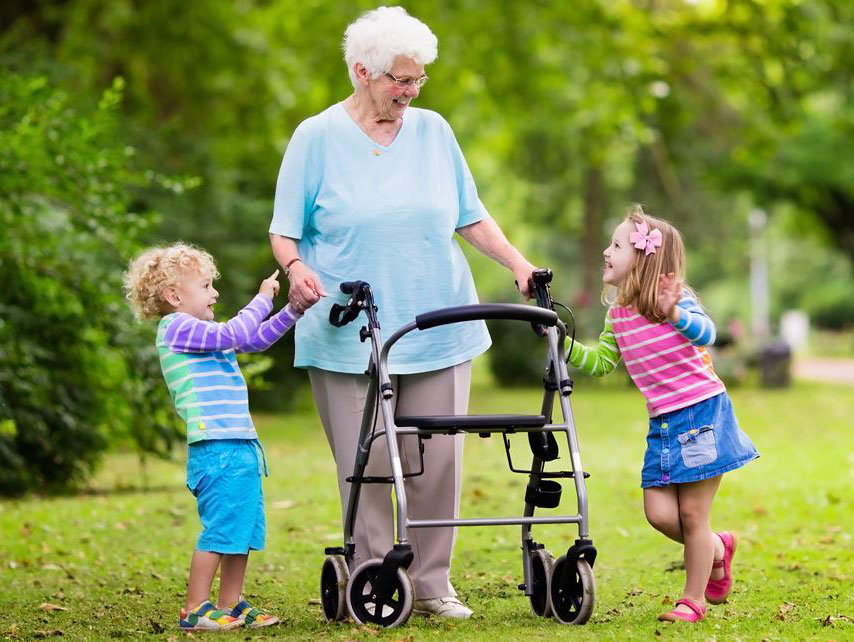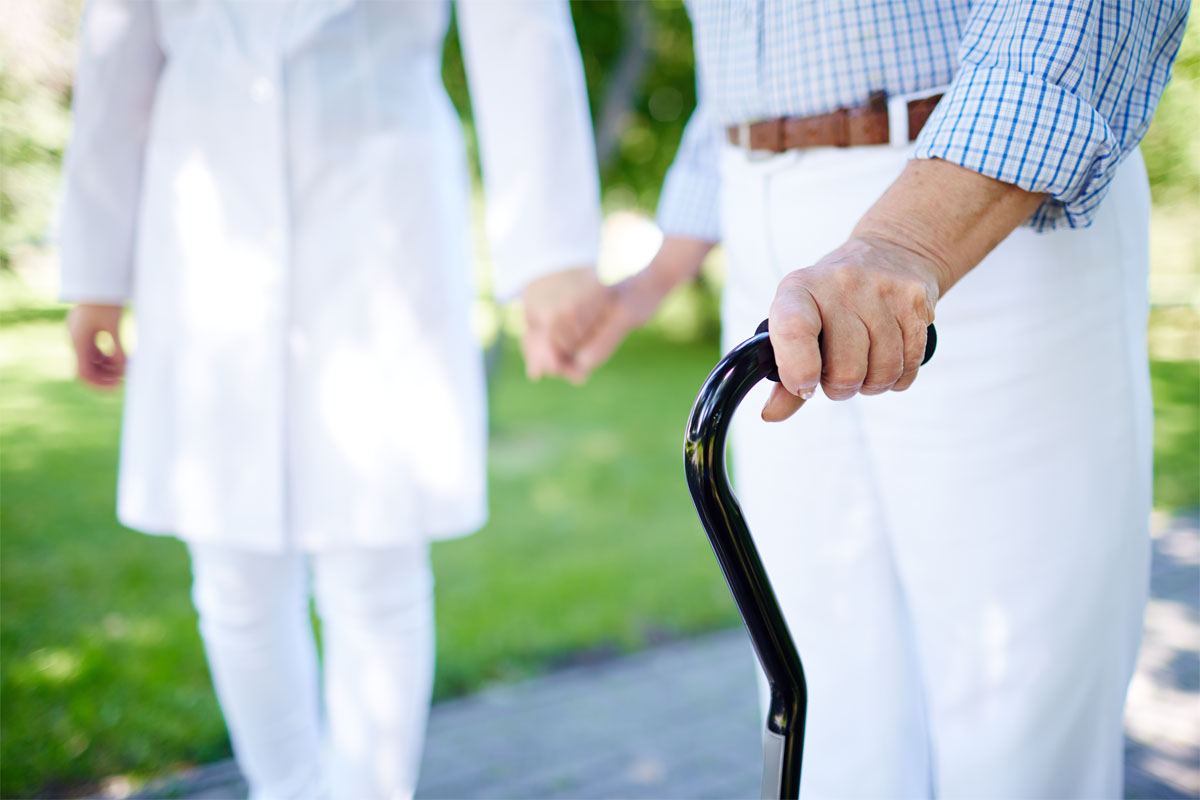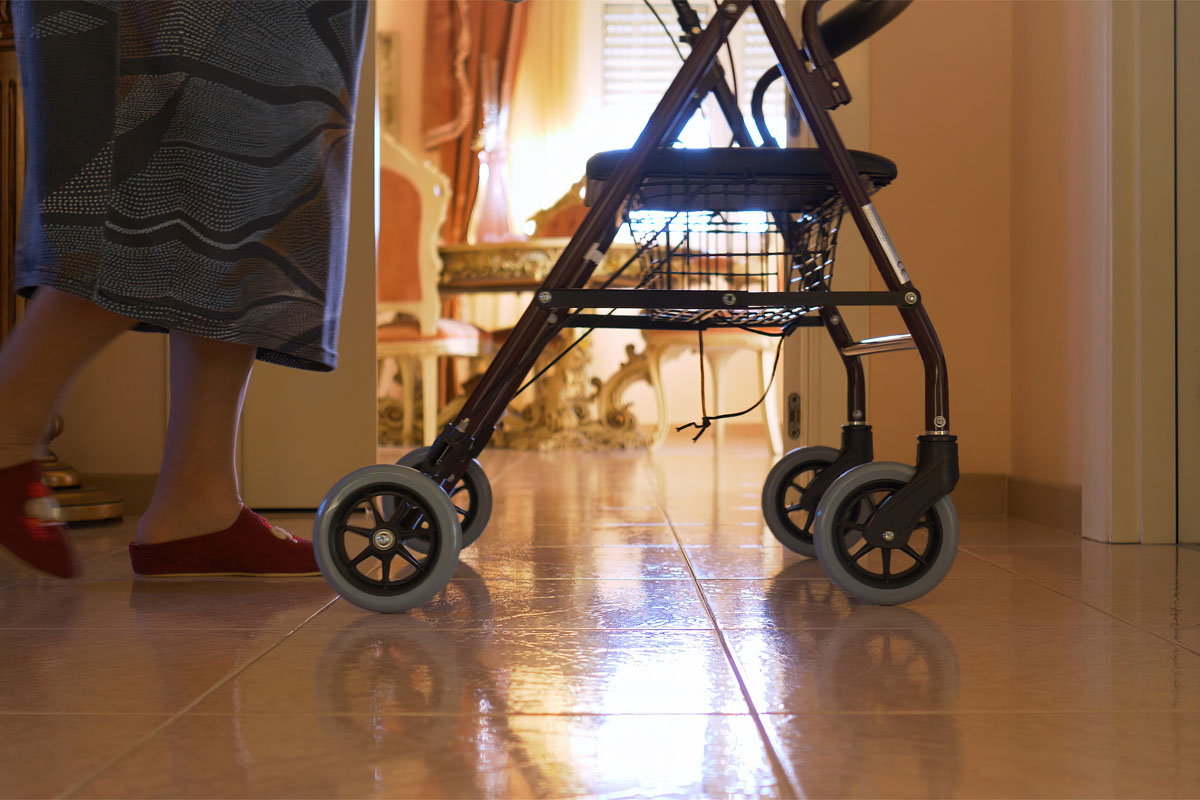What is Mobility Device?
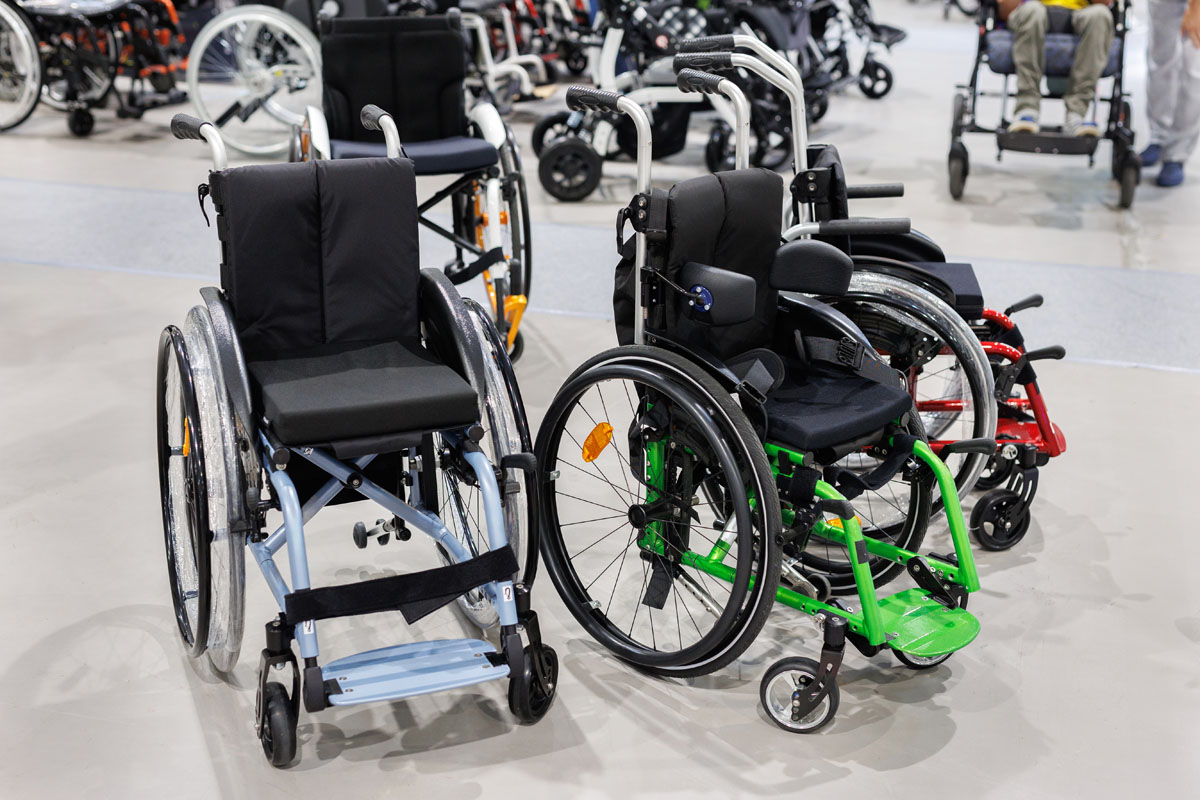
Many people that have a disability use mobility devices for getting around, like walkers, wheelchairs, or other power-driven devices. Those with disabilities may use various mobility devices depending on their needs. So, you may ask yourself what is a mobility device?
Usually, these mobility devices are placed into 2 basic classifications:
- Wheelchairs (power-driven or manual) and manually powered ones
- Other powered alternatives, like golf carts
Basic Requirements
State/local administrations and businesses are required to allow individuals with disabilities that use a wheelchair or other manually powered mobility device into all areas in which members of the community are allowed to go.
Individuals with disabilities that utilize a golf cart, or other powered alternative are required to be allowed to enter government and business buildings except it can be proven that a specific kind of device can’t be used safely.
Wheelchairs and Manually Powered Devices
Wheelchairs are manually operated or motored devices designed mainly for individuals with disabilities for getting around.
Manually powered devices additionally include:
- Walkers
- Crutches
- Braces
- Canes
Other Powered alternatives
Other alternatives include any mobility device that gets its power by batteries, fuel, or other motor that could be used by those with disabilities for getting around. Including:
- Golf carts
- Electronic mobility devices for personal assistance
- Other devices intended to operate in areas without established public routes, like all-terrain vehicles
Factors to Think About
Businesses and government building are required to consider the following factors when choosing whether another powered alternative can be used:
- Kind, size, weight, dimensions and speed of said device
- Pedestrian traffic in the building
- Design and operational characteristics of the buildings, which could include:
- Indoor or outdoor buildings
- Size
- Furniture location and density
- Storage provided
- Genuine safety requirements for operation
- Risk of detrimental harm to natural, environmental, or cultural sources
- Challenges with federal land management terms
After taking into account for these factors, an organization or business might determine a policy that:
- Requires users to travel on devices matching the speed of pedestrian traffic
- Identify areas where devices can’t go
- Provides guidelines when going through security checks (if required)
- Signifies if storage is provided for the device
Asking Someone Concerning Their Mobility Device
If a person with a disability goes into a business or government building by way of cart or another powered alternative:
You may request that they provide “valid assurance” that the device is being used due to a disability.
You are required to accept any of these kinds of valid assurance:
- A legitimate, government-issued disability parking placard
- Other government -issued verification of disability
- An affirmation from the person that the cart or other powered alternative is used due to a disability, unless that person is seen doing something that invalidates this affirmation
You may NOT inquire concerning the type or degree of somebody’s disability. This is additionally true when somebody is using a wheelchair or other manual mobility device.
Mobility Center In Mesa, Arizona
Mobility Center has been proudly serving the entire Phoenix, Arizona area since 1975 with the finest in mobility aids, scooters, wheelchairs, lifts and support equipment. Visit our convenient location to see the products and receive the individual attention that you deserve. Our service area includes Mesa, Apache Junction, Tempe, Chandler, Scottsdale, Phoenix, Glendale, Surprise, and Sun City.


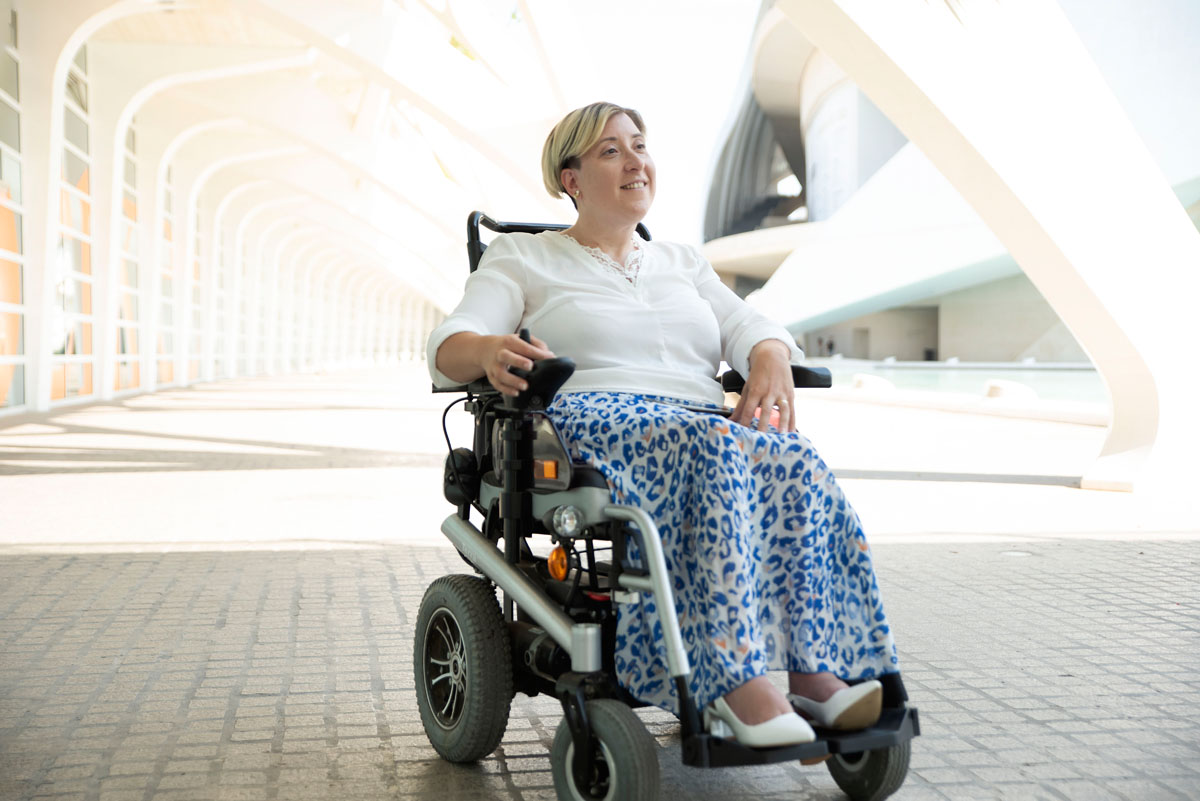
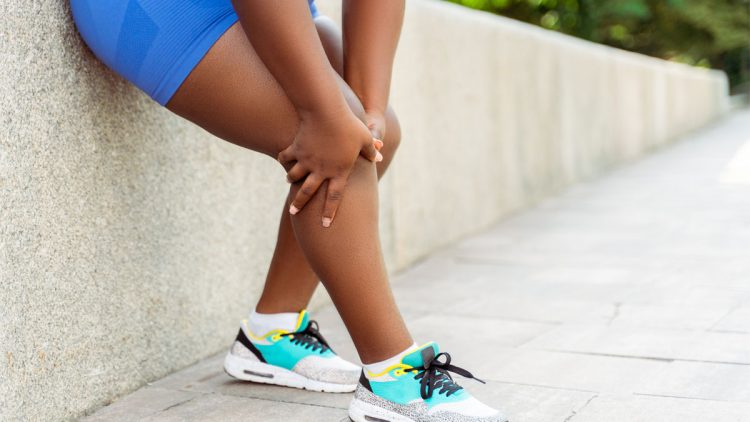
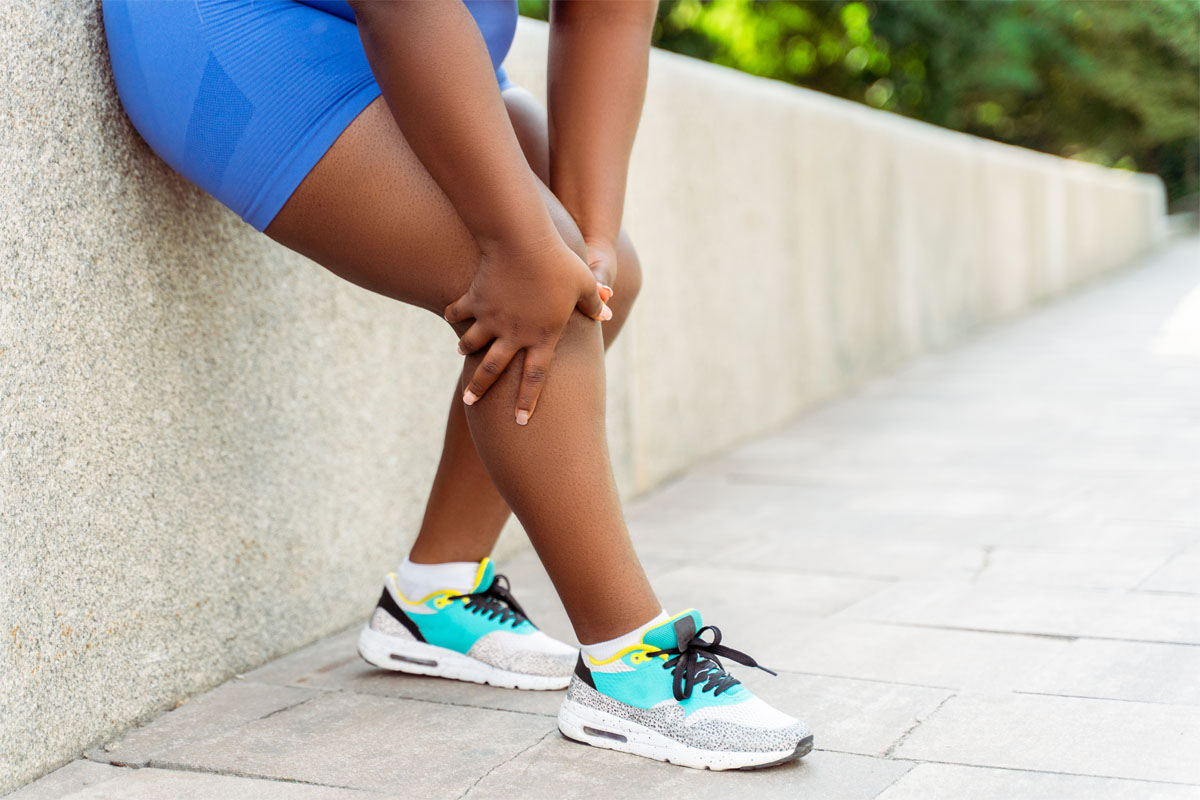

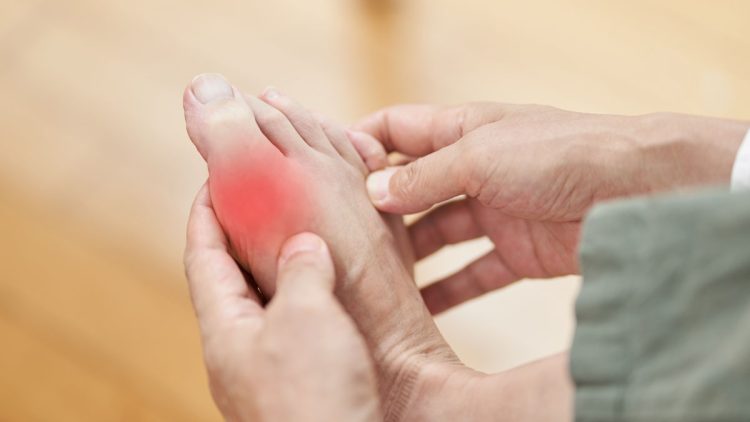
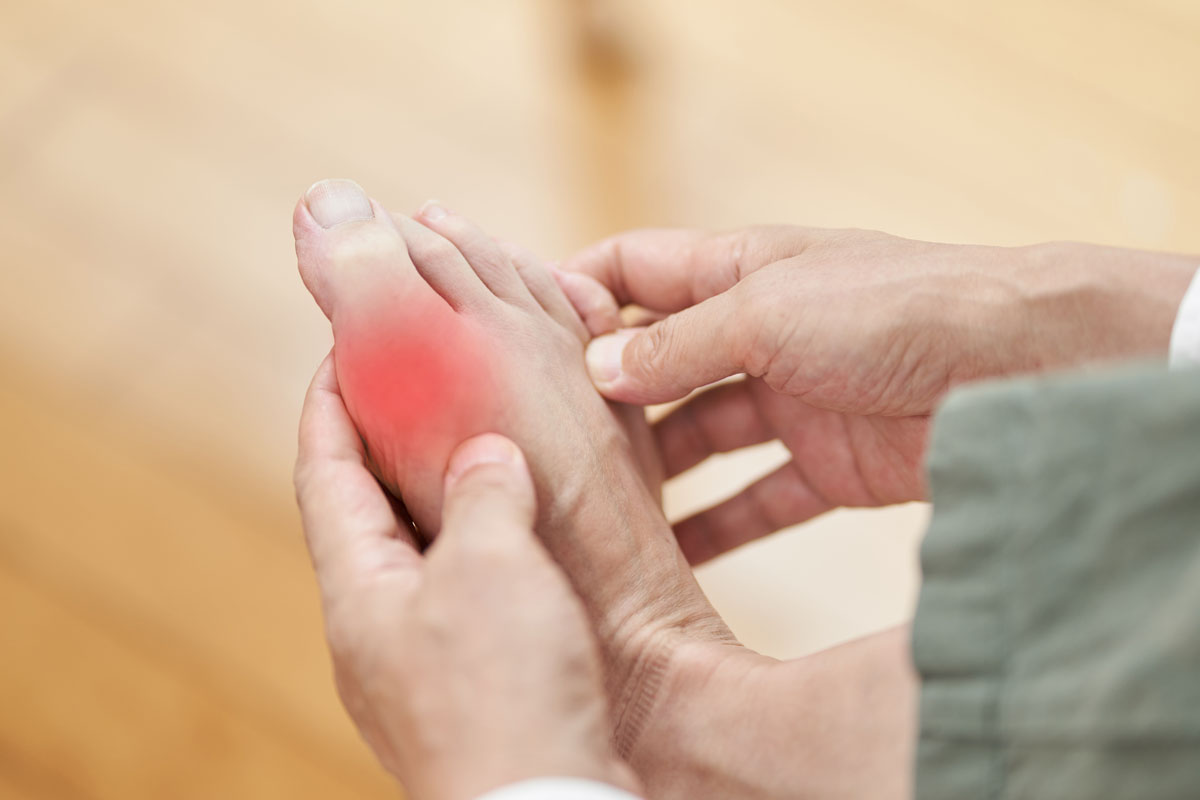
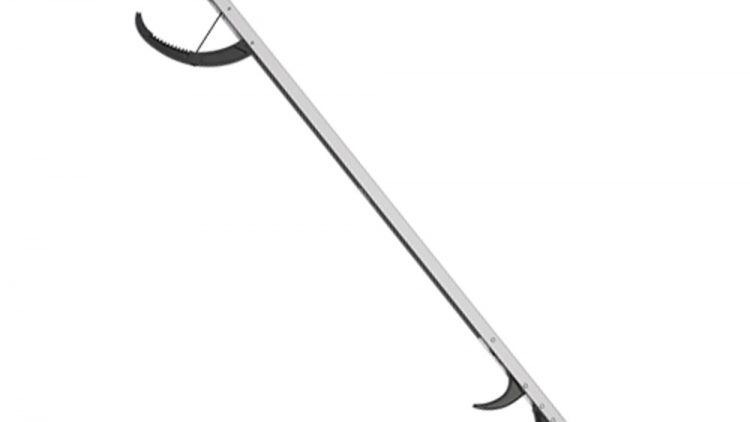
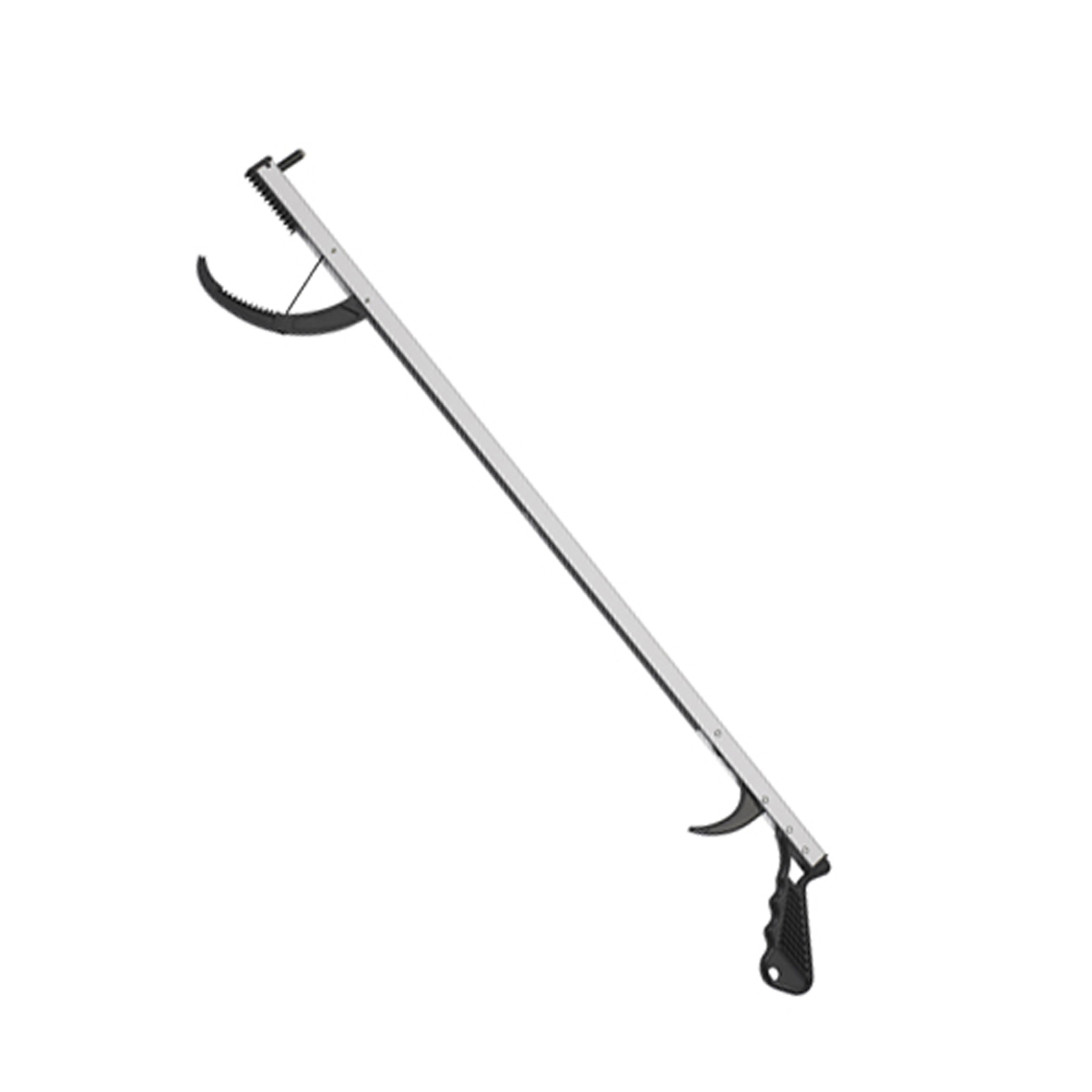
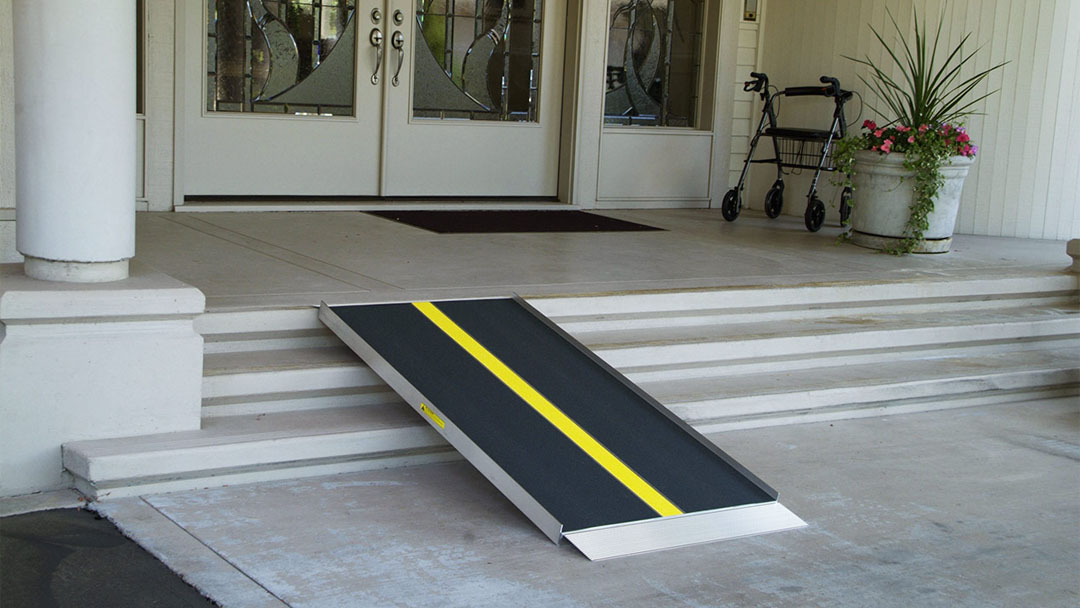 Medicare is usually the primary-place seniors look for assistance with medically necessary costs, but Original Medicare does not regularly pay for wheelchair ramps or other lasting equipment. Seniors that have limited resources are not without assistance, nevertheless, since there are programs that can help handle the expense of installing at-home wheelchair ramps.
Mobility issues are very common among today’s seniors, that may need considerable modifications to remain safely in their homes. Seniors whose ability to walk is restricted, or that are required use mobility aids like wheelchairs, walkers and/or canes, may have a challenging time going up and down stairs like they did in the past. Wheelchair ramps are typical home modifications that assist seniors in getting in and out more easily and promotes aging individuals in living fuller lives outside of their homes. The benefits of having a wheelchair ramp, or other safety and mobility enhancements like grab bars, installed are significant, so it’s worth investigating where you can acquire help in paying for a wheelchair ramp.
Medicare is usually the primary-place seniors look for assistance with medically necessary costs, but Original Medicare does not regularly pay for wheelchair ramps or other lasting equipment. Seniors that have limited resources are not without assistance, nevertheless, since there are programs that can help handle the expense of installing at-home wheelchair ramps.
Mobility issues are very common among today’s seniors, that may need considerable modifications to remain safely in their homes. Seniors whose ability to walk is restricted, or that are required use mobility aids like wheelchairs, walkers and/or canes, may have a challenging time going up and down stairs like they did in the past. Wheelchair ramps are typical home modifications that assist seniors in getting in and out more easily and promotes aging individuals in living fuller lives outside of their homes. The benefits of having a wheelchair ramp, or other safety and mobility enhancements like grab bars, installed are significant, so it’s worth investigating where you can acquire help in paying for a wheelchair ramp.
